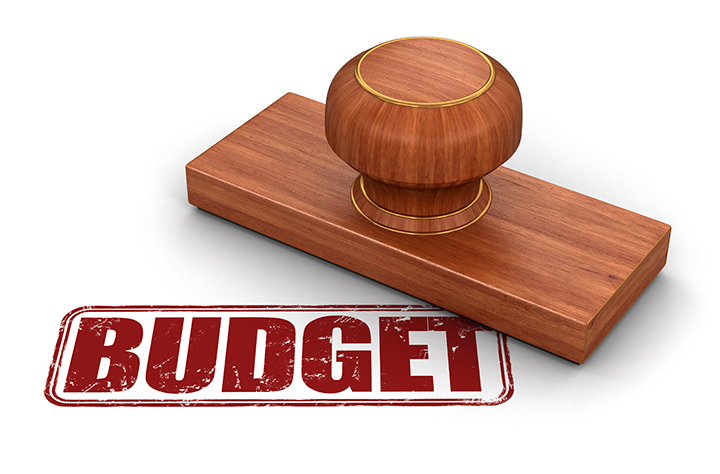
Charter School Budget Overview: Best Practices and Processes
Effective financial management starts with a good budget. A realistic budget is a critical management and accountability tool for charter schools at every stage in their development. The process of establishing a budget forces charters to review and prioritize programs and improvements, helping them allocate resources to areas that are key to academic success. It is important to have a good idea of where spending can be adjusted if your revenue is lower than expected.
CLICK HERE to sign up for our new “Budget Overview: Best Practices & Processes” Online Course
Budget Defined
In its simplest terms, a charter budget translates the charter’s educational plan into numerical terms. The operating budget at each phase of a charter school’s development is a reflection of the school’s unique mission, vision, priorities and strategies. Consequently, budgets will vary from school to school. There are, however, basic tools and techniques that can help charters with the budget process. In general, the process consists of five fundamental activities: revenue estimation, expenditure distribution, contingency allocation, budget balancing and budget approval.
Fiscal Responsibility
A charter’s first budgetary responsibility is to be fiscally responsible. Charter officials must ensure that the budget is able to meet the financial commitments each year. Thus, they may have to temper the desire to innovate and invest in new priorities with a clear-sighted evaluation of the charter’s current and anticipated fiscal condition. Certainly, this requires that the adopted budget be fiscally sound. Beyond that, it demands that charter officials, most notably the board, also monitor charter revenues and expenditures throughout the year to ensure fiscal solvency.
Summary
A charter’s budget is more than numbers. It is a record of a charter’s past decisions and a spending plan for its future. It shows a charter’s priorities whether they have been clearly articulated or simply occurred by default. And it is a communications document that can convey a lot about the charter’s priorities and goals. A charter can also use their budget documents to do more than just present financial data. They directly connect financial decisions to goals for students, campuses, and district performance. At best, that effort can further those goals. At a minimum, it can illuminate some of the obstacles to realizing them.
Note
As stated in Module 4 of the FASRG (update 17), the budget must be prepared on or before June 19 and adopted no later than June 30 for July 1 fiscal year start dates. LEA’s starting their fiscal years on September 1 must have prepared a budget by August 20 and adopted no later than August 31. This must be done prior to the expenditure of any funds.
These budget amendments must be recorded in the minutes and if there are any unfavorable budget variances at the expenditure functional level, this must be disclosed in the board meeting as well.
Need some assistance?
- Email CFO Jackie Hernandez: jhernandez@charterschoolsuccess.com
- Visit the Charter School Community Roundtable, where you can ask questions, get answers and more!
- Register now for the online course – Charter Budget Overview – Best Practices and Processes
